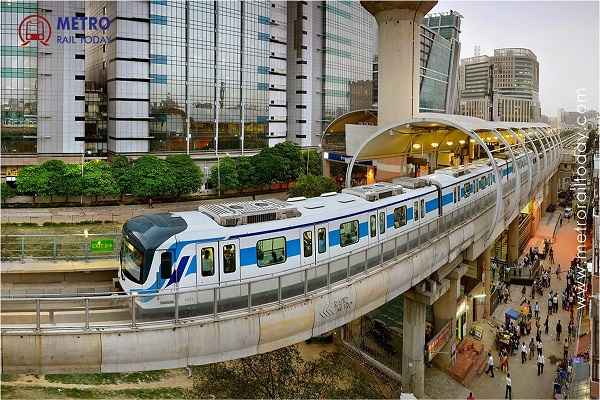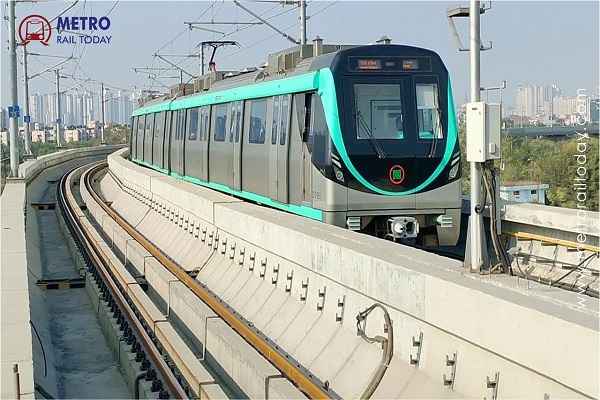 Ayesa India wins Design Consultancy Contract for Noida Metro Aqua Line Extension
Ayesa India wins Design Consultancy Contract for Noida Metro Aqua Line Extension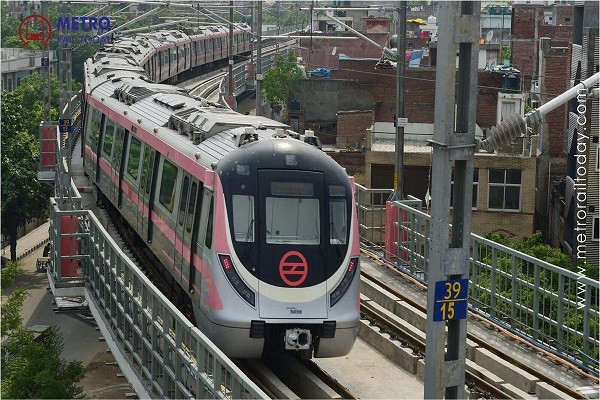 Vossloh Cogifer bags Track Infrastructure Contract for Delhi Metro Phase 4 Corridors
Vossloh Cogifer bags Track Infrastructure Contract for Delhi Metro Phase 4 Corridors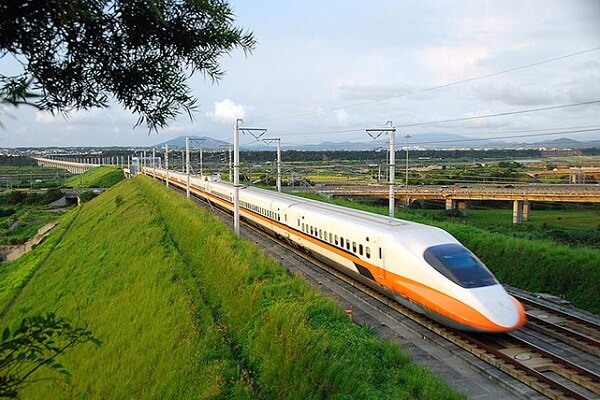 Railway finalised revised alignment for ₹16,000-crore Pune–Nashik Semi High-Speed Rail Corridor
Railway finalised revised alignment for ₹16,000-crore Pune–Nashik Semi High-Speed Rail Corridor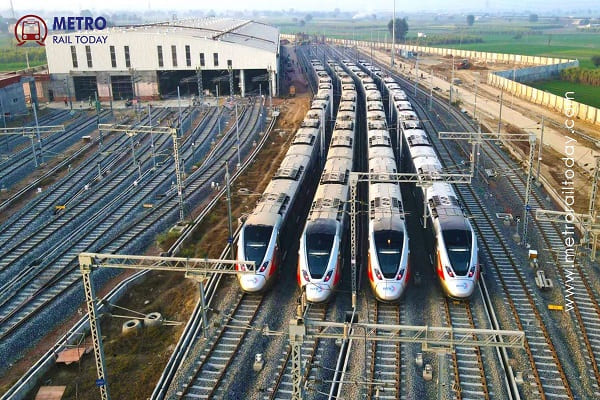 India’s First High-Speed, Signalling-Integrated CMV launched for Namo Bharat RRTS Corridor
India’s First High-Speed, Signalling-Integrated CMV launched for Namo Bharat RRTS Corridor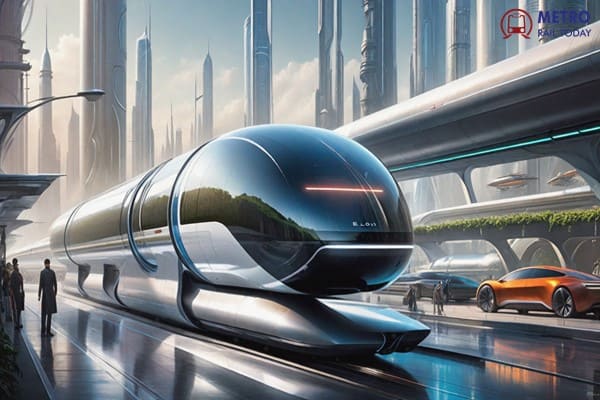 TuTr Hyperloop secures First-Ever Order from Deendayal Port Authority
TuTr Hyperloop secures First-Ever Order from Deendayal Port Authority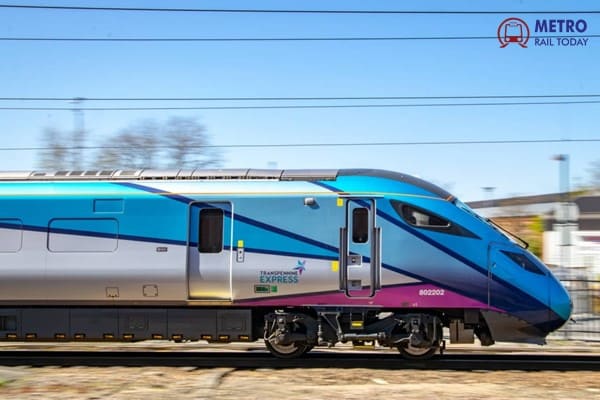 BEML bags ₹157 Crore Order from Loram Rail for Switch Rail Grinding Machines
BEML bags ₹157 Crore Order from Loram Rail for Switch Rail Grinding Machines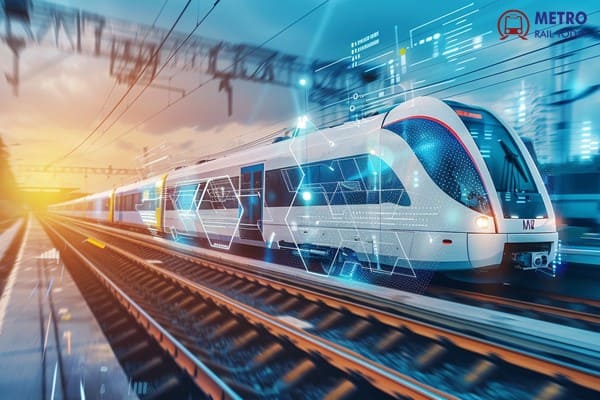 MxV Rail and KRRI forge Global Research Alliance to accelerate Next-Generation Rail Technologies
MxV Rail and KRRI forge Global Research Alliance to accelerate Next-Generation Rail Technologies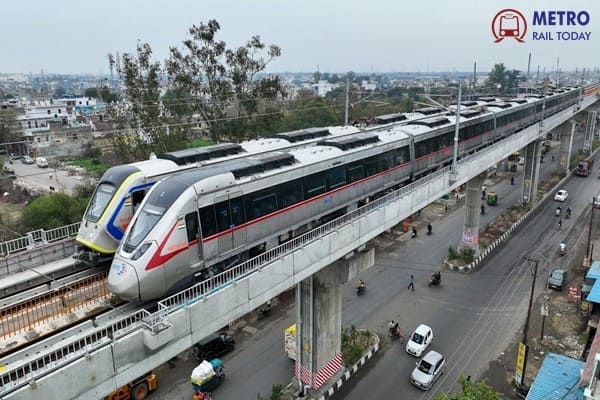 Uttarakhand seeks Pre-Feasibility Study for Meerut-Haridwar-Rishikesh RRTS Corridor
Uttarakhand seeks Pre-Feasibility Study for Meerut-Haridwar-Rishikesh RRTS Corridor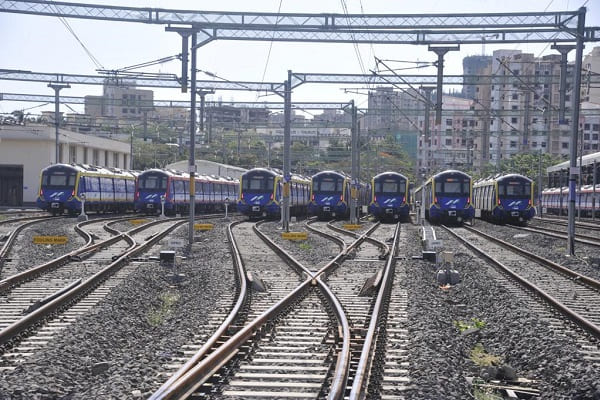 RIFTEK achieves major milestones in partnership with Indian Metro Rail Systems
RIFTEK achieves major milestones in partnership with Indian Metro Rail Systems Egypt all set to launch Alexandria Metro Phase 1 by 2026
Egypt all set to launch Alexandria Metro Phase 1 by 2026
90% viaduct works completed on 17-km priority section of Delhi-Meerut RRTS
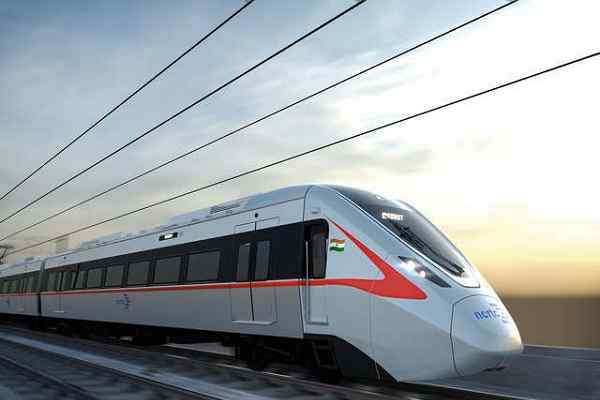
New Delhi, India (Metro Rail News): The construction of 82.15km Delhi-Meerut RRTS corridor is going in full swing. 90% viaduct on 17km priority section completed, Five stations taking shape, train trials to begin this year. System contracts track laying progress at pace, said Manoj Joshi, Secretary, Ministry of Housing & Urban Affairs (MoHUA).
"The Regional Rail ensures reliable solutions to the commuters by efficiently eradicating the fatigue of traveling with a whole new riding experience, aiming for enhanced quality of life," he added.
Manoj Joshi along with Vinay Kumar Singh, Managing Director, NCRTC, recently inspected the ongoing construction work of the Delhi-Ghaziabad-Meerut RRTS corridor.
They started their visit from Sarai Kale Khan RRTS station which is being developed as a mega transport hub. Joshi was apprised about the Multi-Modal-Integration scheme for seamless commuter movement at this RRTS station where all the three RRTS corridors of Phase 1 will converge and will also be interoperable. RRTS stations will be seamlessly integrated with other modes of transport such as Metro stations, Bus Terminals, and Indian Railway Stations, wherever possible, through Walkways, Lifts, Escalators and Underpasses etc.
Moving further, Joshi overviewed the construction of RRTS bridge over Yamuna River and Anand Vihar RRTS station site. Singh apprised Joshi about how Anand Vihar RRTS station is being uniquely designed for efficient multimodal integration. Secretary was also informed that four Tunnel Boring Machines (TBMs) will be working in Delhi. Two from Anand Vihar towards New Ashok Nagar and two from Anand Vihar to Sahibabad. The first TBM (Sudarshan 4.1) has already been launched by Chinese construction firm STEC for its journey in the last month.
During his visit to one of the Casting Yard in Ghaziabad for the project, Singh explained that how Precast technique is being extensively used in the implementation of RRTS to obtain high-quality concrete and optimization of construction period. It was a strategic decision to adopt pre-casting technique as the corridor is being constructed majorly at the centre or side of busy highways.
Joshi also reviewed the Ghaziabad Receiving Sub-Station (RSS), built for supplying power on the priority section of the RRTS corridor. He inspected the installation of state-of-the-art systems and sophisticated electrical equipment’s. Further Shri Joshi visited the Ghaziabad RRTS station site, which will hold the distinction of being the highest and largest among the 25 stations on this corridor as the RRTS alignment crosses over Delhi Metro viaduct and a flyover at this location. Proposed traffic integration plan at this highly busy zone and various initiatives being taken by NCRTC in this regard were explained to him.
Moving forward he inspected the Guldhar RRTS station and the ongoing track laying work near it. Secretary appreciated the pace of construction progress particularly of the priority section, including the various safety and anti-dust measures being taken. Secretary was informed that the 23rd Launching Gantry for construction of super structures of viaduct has been installed recently for the 82 km long corridor. Such massive deployment of resources is first of its kind in the country for implementation of any urban transport system.
Joshi interacted with the on-ground engineers, understood their challenges in implementation of the 82.15 km long Delhi-Ghaziabad Meerut corridor. Secretary was also briefed about various measures being taken by NCRTC to ensure minimum inconvenience to local public during construction including construction being carried out within barricaded zones, deployment of traffic marshals to manage traffic etc.
The visit concluded at the RRTS Duhai Depot, wherein Secretary reviewed the construction progress, Admin building, ongoing electrical work, track laying activities and the prototype of RRTS train. MD, NCRTC, showcased the modern and commuter-centric interiors of India’s first Regional Rail to the Secretary. He appreciated the corporation’s approach to customise the train, giving due attention to commuters’ requirements during regional commute including luggage rack facility, Mobile/laptop charging facility at every seat, provision of wheelchair space for differently abled and stretcher space for emergency medical transit, dynamic route map display among others.
Joshi was contented to note the pace of the project is a as per the timelines. He acknowledged that the NCRTC team is working efficiently in collaboration with all stakeholders and is all set to commission India’s first RRTS corridor on time and transform the public transport landscape of NCR





